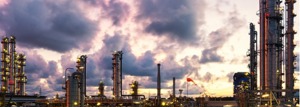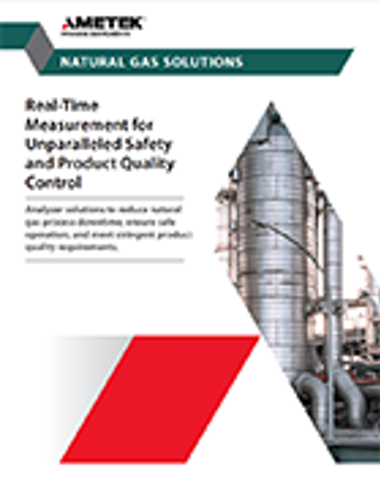Decarbonizing combustion in existing facilities drives need for high hydrogen fuels
Now more than ever, end users are confronted with the challenges of retrofitting their plants to meet evolving environmental and regulatory targets. Operators of combustion equipment have many options available to meet their long-term decarbonization targets, including:
- Carbon capture to directly remove carbon emissions from the combustion process
- Electrification to generate heat in place of combustion
- Hydrogen fuels to generate heat without carbon emissions
While the decision on how to decarbonize is circumstantial, investment costs play an inherently large role in the screening process, especially for very well-established plants. Operators considering carbon capture are faced with justifying the upfront investment and securing adequate plot space for the equipment. In many cases, centralized processes that generate high carbon emissions are primed for carbon capture technology. However, operators face a bigger challenge if they are looking to remove carbon emissions from multiple decentralized combustion sources. In the case of a refinery, there would be considerable difficulty in the logistics of isolating stack gases from multiple fired heaters and then redirecting them to a single carbon removal system. Carbon capture is one option to decarbonize combustion processes, but it poses a challenge with existing plants that have numerous small and decentralized stack emissions.
While many operators may consider electrification to reduce their carbon emissions, it may not be feasible or practical in all cases. For new greenfield projects, electrification presents as a viable option for many low temperature applications, although this approach still depends on an outside mechanism to generate and supply sufficient electricity. However, the real challenge with electrification enters when applying it at a larger scale across the wider installed base of existing plants and equipment. It may not be economical to buy all new electric equipment, especially if there are multiple combustion processes providing heat, power, and steam to the entire plant. Electrification provides a window to remove emission sources entirely, but it also presents a challenge with existing plants which have many combustion processes (especially processes with very high temperature) or limited availability of external power sources.
As indicated, the challenges of decarbonization often arise when the combustion processes are small, decentralized, and scattered across many point sources, and when large amounts of energy are consumed for high temperature process heating. For this reason, many operators are considering the use of hydrogen fuels to reduce the carbon emissions from their combustion processes. In many cases, hydrogen fuels are often readily implementable for existing equipment and more affordable than other options. Operators may consider firing pure hydrogen or blending the hydrogen with their natural gas to achieve their near-term and long-term emission targets. Some plants may still need to modify their burners or upgrade their piping material to handle high hydrogen fuels. However, with these modifications, operators can continue to use their existing assets and leverage the hydrogen fuel to directly offset their carbon emissions to atmosphere.
For more information on Safe Combustion of High Hydrogen Fuels watch our webinar, Flue Gas Analyzers for Safe Combustion of High Hydrogen Fuels.










